8 beloved characters fans are convinced are actually LGBTQ+

These queer fan theories are too good to miss. (Disney/Nintendo/Warner Bros/Fox/Canva)
For decades, the LGBTQ+ community and fan fiction for popular TV and film characters have gone together like bread and butter.
The popularity of queer fan theories and headcanons – a term used to identify a personal set of beliefs about a character or story that isn’t confirmed in the story itself – arguably stems from the historical lack of queer representation in media.
While that might be changing as time goes on, as more and more shows represent the LGBTQ+ community successfully, fans haven’t stop theorising that their faves are LGBTQ+ in some way.
Here are just a few examples of characters with popular headcanons and the fan theories behind them.
The Simpsons’ Abe Simpson is trans-masc
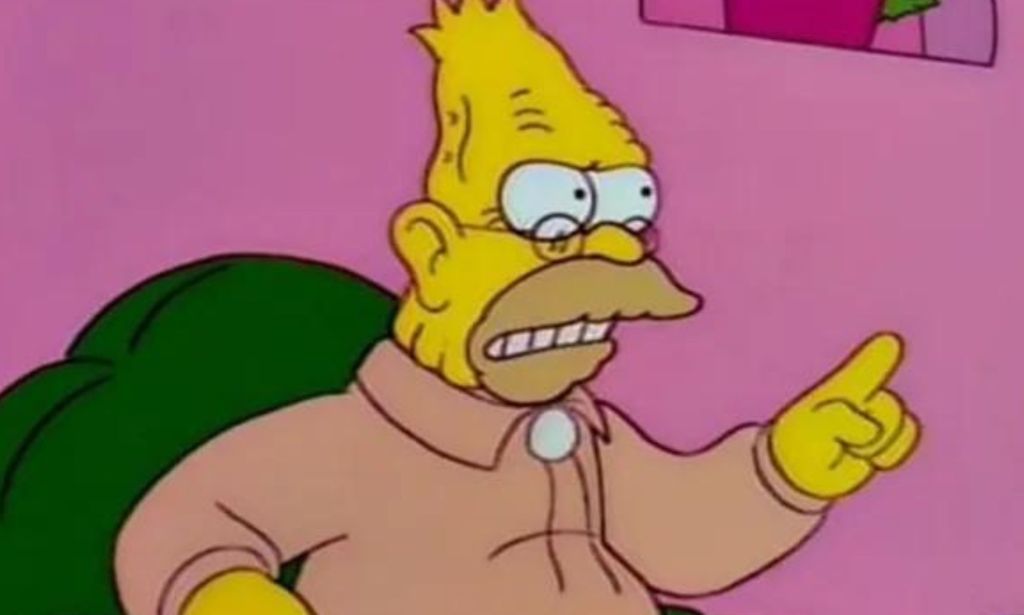
The sometimes-senile patriarch of The Simpsons family has been seen as many things: an army veteran, an elk, a mason, a communist, a stone-cutter, and the president of the Gay and Lesbian Alliance for a brief period. There have been moments too in the long-running show seemingly hinting that he might not be cisgender.
The first example comes from episode 20 of the opening season, “Whacking Day”. In one of Abe’s many spurious recollections, he claims that, after landing in Dusseldorf during World War II, he survived by posing as a German cabaret singer, plotting to seduce and assassinate Adolf Hitler. When pressed by Bart on whether the story is true, Abe replies: “Well, most of it. I did wear a dress for a period in the 40s.”
While this wouldn’t be enough to suggest Abe isn’t cisgender, a bigger hint comes in season 5 episode “Cape Feare”. After fleeing from Bart’s murderous nemesis, Sideshow Bob, under the FBI’s witness protection programme, the Simpsons return to find that Abe has been left without access to his medication.
The effect? He appears to have taken on a more feminine appearance, possibly implying that Abe (voiced by Dan Castellaneta) uses some sort of hormone blockers. If taken at face value, this would imply he is trans masc.
While the joke is most likely another 90s-era throwaway gag that, let’s be real, completely misunderstands what being trans is – with one of the “feminine” features being red lipstick – Abe’s gender identity is called into question a number of times throughout the show, now in its 35th season.
Friends’ Chandler Bing is gay
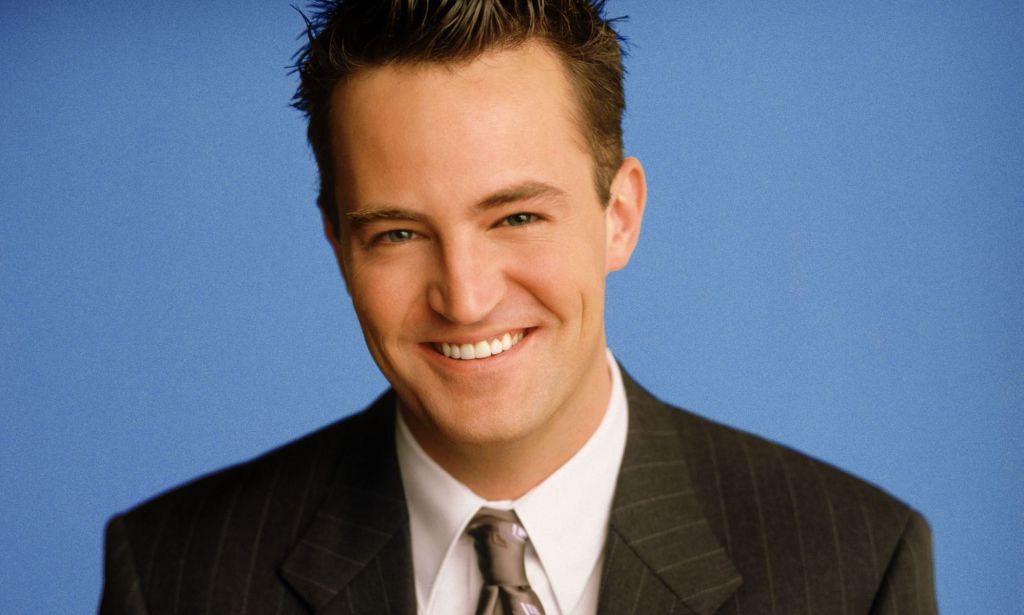
Despite most – or perhaps all – of the queer jokes in Friends ageing like milk, the hit sitcom, especially in its earlier seasons, is pretty damn gay. For all its faults, the comedy’s brief depictions of queer city life, such as airing mainstream TV’s first lesbian wedding, did a lot to break barriers.
One character’s sexuality has remained an enigma: Chandler Bing. Countless fan theories surround the statistical analyst, played by the late Matthew Perry, and suggest that he isn’t as straight as you may think, while his sexuality was often used as (problematic) punchline in the series. Even Friends‘ creators have since confirmed that they toyed with the idea of making the character explicitly gay.
The biggest example comes from episode eight of season one, “The One Where Nana Dies Twice”. Chandler is perplexed after a work colleague tries to hook him up with another man. After expressing shock, he asks the gang – some of whom say they thought he was queer when they first met him and that he has a “quality” about him.
He eventually discusses it with his gay co-worker, Lowell, who doesn’t believe Chandler is queer. He tells him that another co-worker, Brian from payroll, is also gay and “way out of your league.” In response, Chandler says: “I could get a Brian if I wanted a Brian…”
Super Mario Bros’ Luigi may is trans non-binary
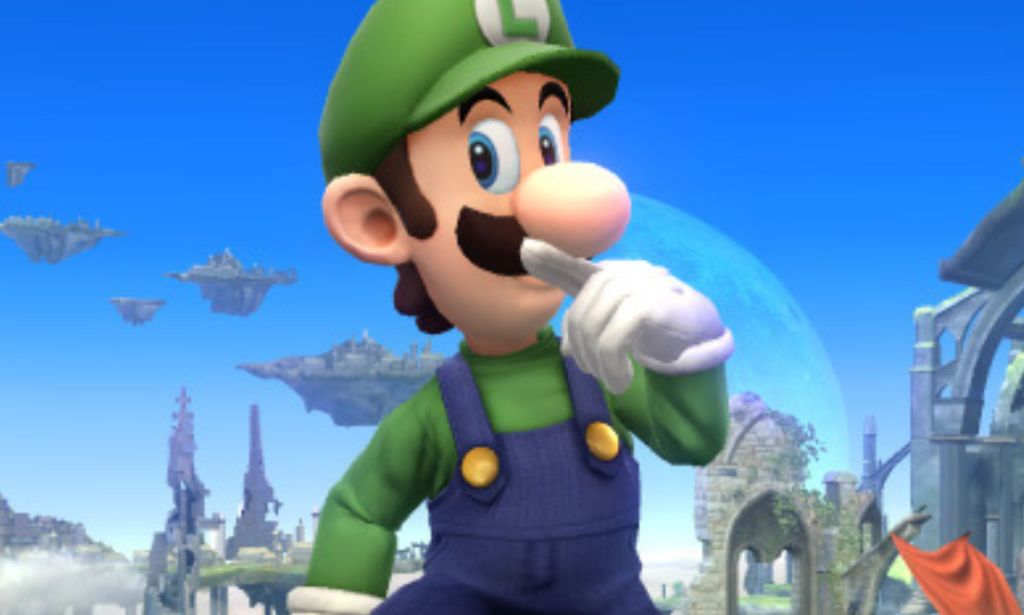
Luigi Mario (yes, that is his full name) is so popular with the LGBTQ+ community that theories about the character’s gender and sexuality have gained popularity.
The biggest is about Luigi’s gender identity, which has been up in the air since 2019 with the release of New Super Mario Bros Deluxe.
The Nintendo Switch exclusive introduces a power-up called the super crown which can transform the character Toadette into Princess Peach, or Peachette.
Fans then began theorising what would happen if other characters such as Mario or Bowser used it, but none were as popular a character for the power-up as Luigi. The theory became so popular that Nintendo acknowledged it on a website description of the power-up which said: “Sorry, Luigi – only Toadette can use this item.”
The hashtag #TransLuigi became to spread in popularity and, along with it, further evidence that Luigi’s gender identity might go beyond cisgender, including a comic panel from the late 1990s in which he is seen wearing Peach’s outfit and says: “I don’t know… I’m beginning to like it.”
Star Wars’ Finn and Poe are gay lovers
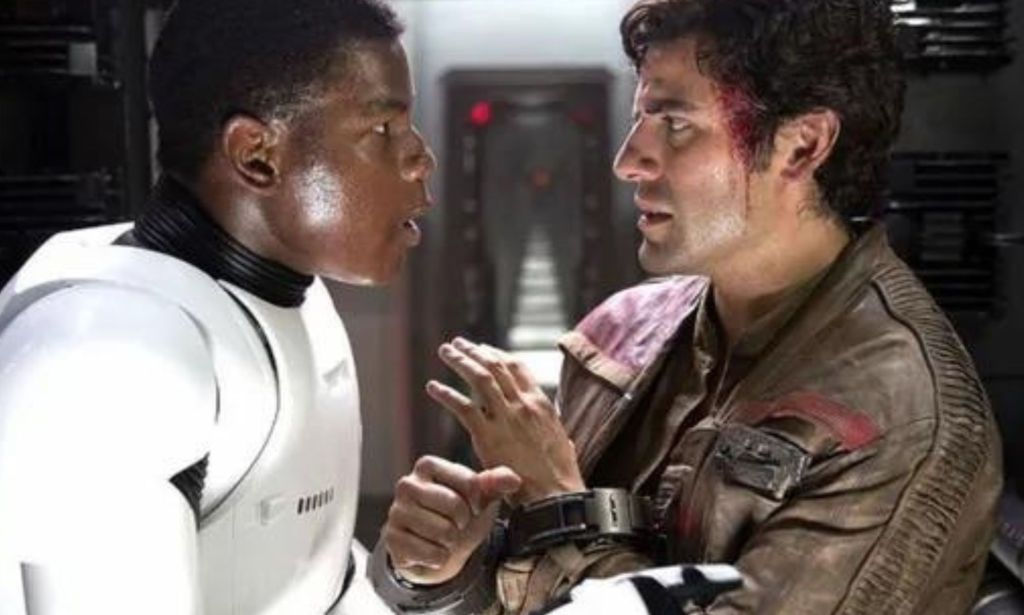
Disney characters have had more than their fair share of queer theories and ships – a term used when fans want two characters to be in a relationship – but few have had the overwhelming support of the queer community as Star Wars characters Finn and Poe.
Calls for the Star Wars: Episode VII – The Force Awakens duo to hook-up, or theories that they’re in love, have been knocking around since the characters first appeared in 2015, making them quite possibly the most popular ship of the franchise.
Thanks to the great on-screen chemistry between actors John Boyega (stormtrooper-turned-rebel Finn) and Oscar Isaac (pilot Poe), both characters have been shipped in countless headcanons and debates as to whether they were platonic even to begin with.
Oaken – Frozen
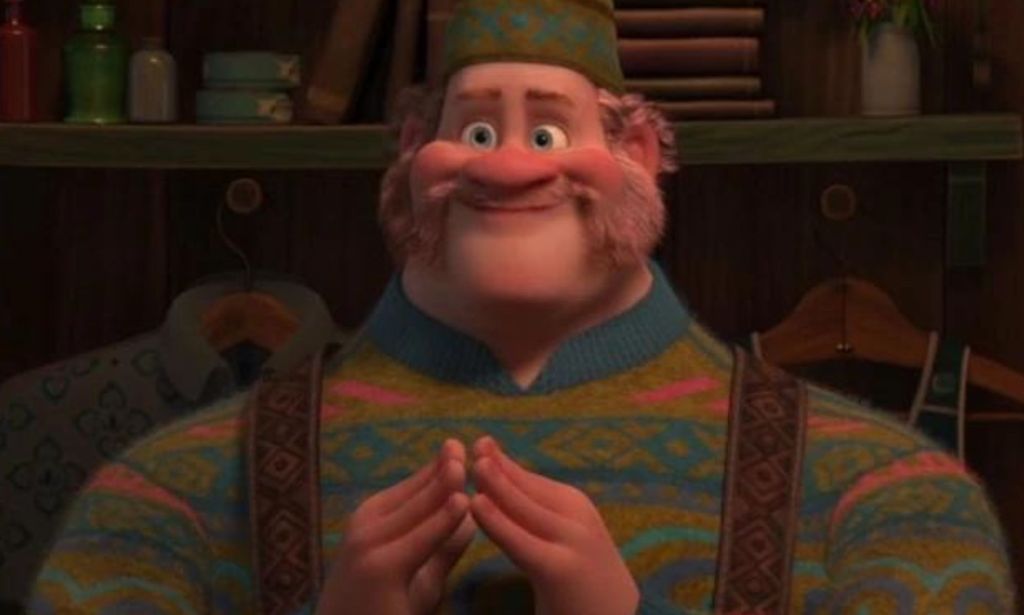
For some, Frozen and Frozen II‘s humble shopkeeper Oaken is so obviously queer that it goes beyond theory into simply being canon, but for others it isn’t quite as cut and dry, leading to debate about queer-baiting.
During the 2013 film original film, Oaken is introduced as the quaint owner of a trading post. After bartering with Kristoff over his winter wares, he offers a sauna session and turns to a nearby window into the sauna where his family, comprising four young women and an adult man, is sitting.
While the brief cutaway doesn’t elaborate on who is what member of Oaken’s family, it would stand to reason that the adult man is either a relative or else his partner.
Others have argued that the family is merely using the sauna and are no relation to Oaken, although a quote from earlier in the scene in which he says only Kristoff and Anna are crazy enough to wander in the cold would suggest otherwise.
Sam and Frodo – Lord of the Rings
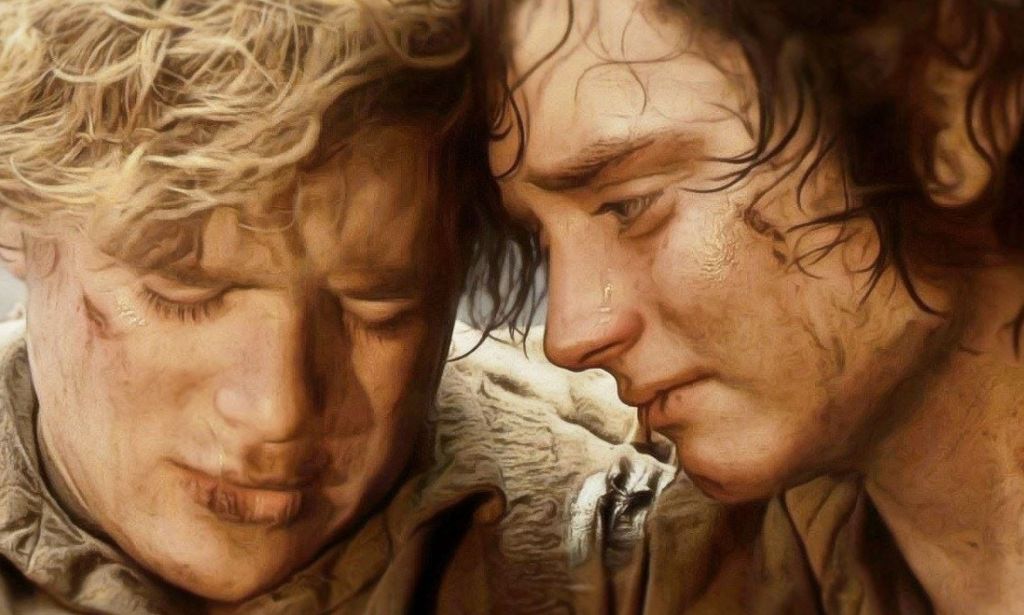
Whether romance or bromance, there’s no question that Samwise Gamgee and Frodo Baggins have an incredibly close bond in the Lord of the Rings trilogy – both in the original novels and the subsequent films. Their journey to destroy the One Ring is perhaps one of the most legendary in modern media.
It’s no surprise, then, that queer theories about the two of them being in love have sprouted across the internet for years – only growing in quantity following the release of Peter Jackson’s epic Oscar-winning cinematic adaptations.
During Lord of the Rings: The Two Towers, after the One Ring has taken its toll on Frodo’s physical and mental health, Sam (played by Sean Astin) begins to take a more caring and supportive role in their mission to Mount Doom. As they rest, he says: “I love him. He’s like that, and sometimes it shines through, somehow. But I love him, whether or no.”
Now if that isn’t a wholesome gay moment, we don’t know what is.
Their bond only grows stronger in The Return of the King. After One Ring’s power overwhelms Frodo (Elijah Wood) and becomes too much for him to bear, Samwise literally carries him to the mountain entrance, and, after the ending inside Mount Doom, Frodo says: “I’m glad to be with you Samwise Gamgee, here at the end of all things.”
How did this story make you feel?
